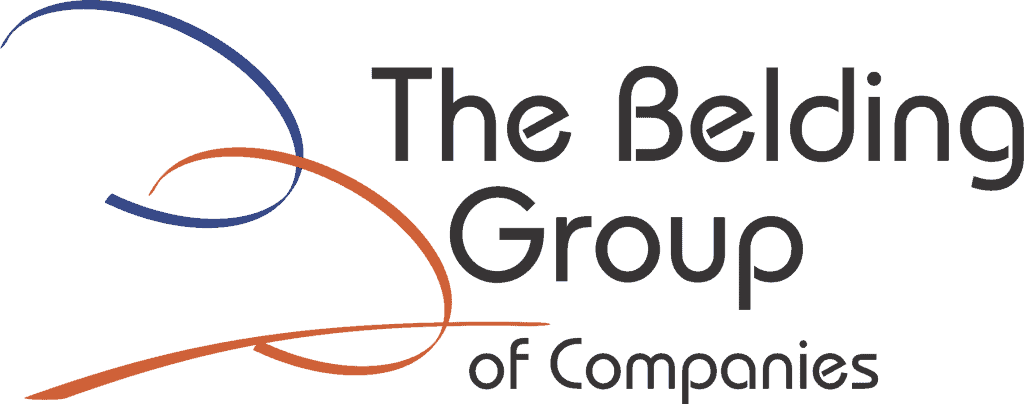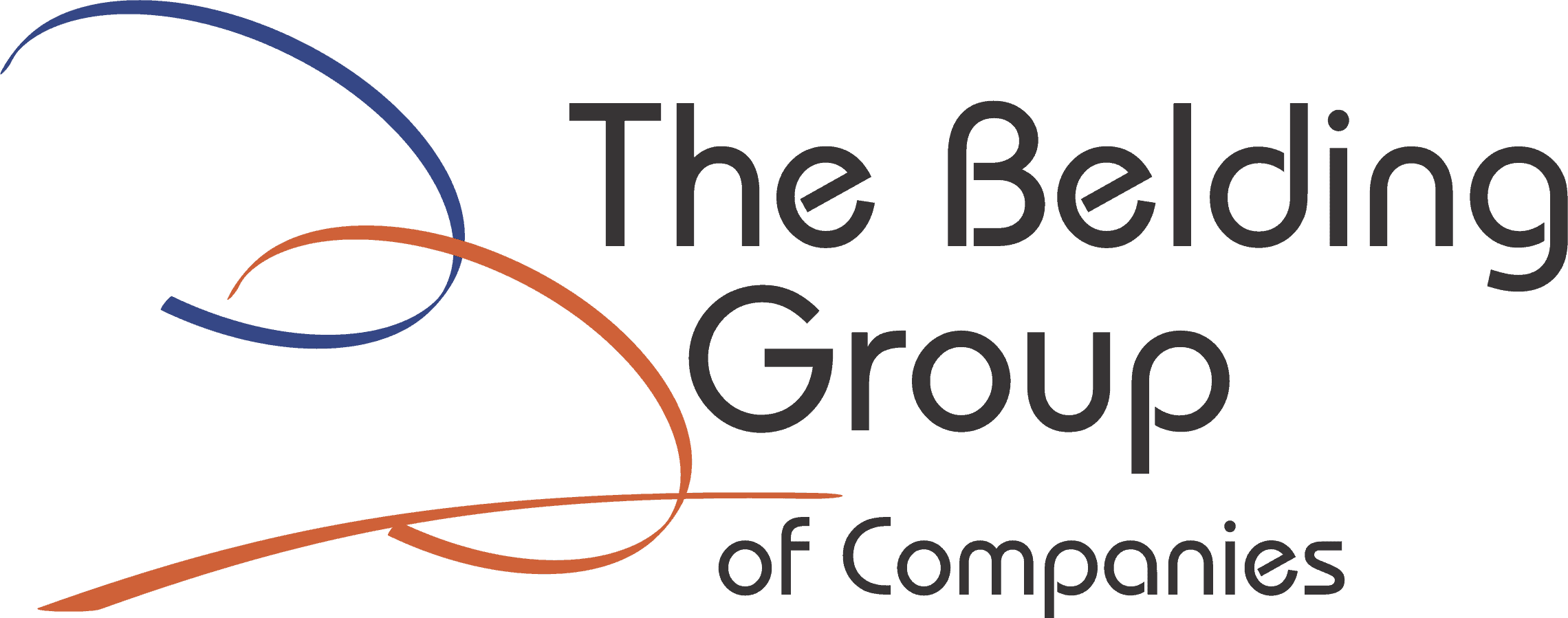If anyone were ever looking for proof on the power of collaboration, he (she) need look no further than his Facebook page. There are some amazing lessons to be learned as social media continues to mature and develop.
Whether it’s Facebook, Twitter, YouTube, LinkedIn or any of the other myriad of options open to us, people are learning how to use conversation to develop and shape ideas. It’s a concept sadly lacking in the business world – particularly in large organizations. Most are lumbering entities which continue to be hindered by silos, competing agendas, and overall lack of communication. Despite what the mission statement on the wall might say, very little organizational emphasis is put on fostering collaboration to ensure that everyone is working effectively toward a common end.
But why is this? It’s not that people don’t want to be collaborative, or that organizations want to have ineffective or inefficient silos. Nobody really wants to work in a disfunctional environment. The reasons are twofold: The first is that, in most organizations, there’s no effective platform to support collaboration. In fact, the very processes and policies that are often put in to faciltiate collaboration end up working against us, because we try to formalize what is inherently an informal activity. Closely related to this is the second reason. It’s organizational development’s dirty little secret. The big reason is that most leaders in organizations are afraid of collaborative environments.
This is where the lessons from social media come in. You see, people collaborate in their personal lives with social media because social media is in and of itself a vehicle for collaboration. It doesn’t just facilitate collaboration, it demands it. The rules are few, but everyone knows how it works: If you support your community, it supports you. If you do interesting stuff, you get re-tweeted, shared and re-posted. You get out of it exactly what you put into it. This is the very essence of collaboration.
Now imagine your company trying to adopt the same principles. Imagine an internal Facebook page, with employees are all connected to the informal network. They share information about their projects or challenges, and other people in the organization provide feedback, or “like” and “dislike” ideas.
Imagine the marketing manager posting his brilliant marketing strategy internally, then suddenly getting feedback from half the sales team with ideas on how they could sell it easier. An internal tweet from an Accounts Receivable clerk points out some tweaks which will make it easier to administer. Imagine getting all that feedback from all the different levels in your organizations. How valuable would that be? How much easier it would be to roll out new initiatives if you have that level of communication in your organization? Wow.
As great as this might sound, however, the unfortunate reality is that this would create a level of transparency and exposure that would terrify dinosaur-brained leadership entrenched in their current paradigm. Alarm bells of ‘confidentiality’ and ‘liability’ would be deafening. Rather than trusting employees to do the right thing, and working to nurture a positive result; it would be a thing to be feared, squashed and killed.
It’s sad, really, because the payoff of collaboration cannot be overstated. And even if the dinosaur-brains aren’t ready for it, the rest of the world is. Not convinced? Just ask your friends on Facebook, Twitter, LinkedIn, MySpace, YouTube, WordPress….











One Response